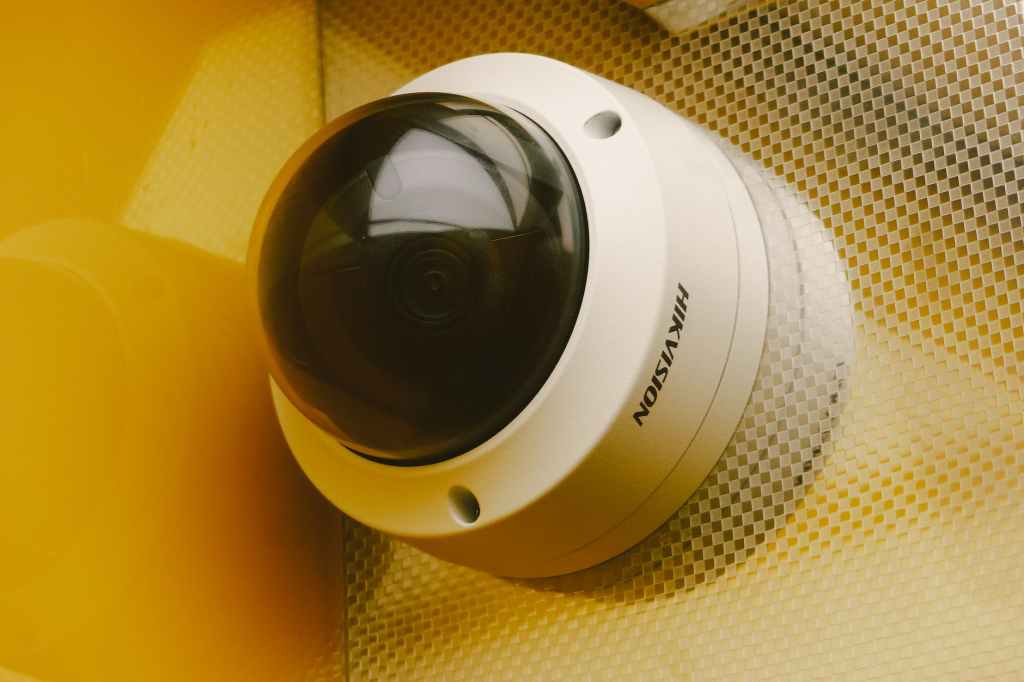In today’s rapidly advancing technological landscape, high-quality video surveillance systems have emerged as a critical tool for enhancing security, enabling efficient monitoring, and providing valuable insights across various sectors. From their humble beginnings as basic closed-circuit television (CCTV) setups to the sophisticated, AI-powered systems of today, these surveillance solutions have undergone a remarkable evolution. This article delves into the evolution and impact of high-quality video surveillance systems, highlighting their transformation, applications, benefits, and potential concerns.
Evolution of Video Surveillance Systems
Early CCTV Systems: The Foundation
The journey of high-quality video surveillance systems dates back to the invention of early CCTV setups. Initially used for basic monitoring and surveillance, these systems consisted of analog cameras connected to monitors and recording devices. While limited in functionality and image quality, they laid the groundwork for the development of more advanced solutions.
Transition to Digital: Improved Capabilities
The advent of digital technology marked a significant turning point in video surveillance. Digital cameras offered higher image resolutions, better clarity, and the ability to store footage digitally. This shift allowed for easier storage, retrieval, and sharing of video data. Additionally, the integration of network capabilities enabled remote access to live feeds and recordings, revolutionizing the way surveillance is conducted.
Integration of High-Resolution Imaging
The evolution continued with the integration of high-resolution imaging technologies. Megapixel cameras entered the scene, providing incredibly detailed visuals and enhancing the accuracy of video analytics. These cameras became instrumental in critical applications such as facial recognition and license plate identification, expanding the scope of surveillance beyond traditional security.
Applications and Impact
Enhancing Public Safety
High-quality video surveillance systems have played a pivotal role in enhancing public safety. They are widely deployed in urban areas, transportation hubs, and public spaces to monitor activities, deter criminal behavior, and facilitate emergency responses. The presence of visible cameras often acts as a deterrent, contributing to a safer environment for both residents and visitors.
Safeguarding Businesses and Assets
Businesses of all sizes leverage video surveillance systems to safeguard their premises and assets. These systems help prevent theft, vandalism, and unauthorized access. Real-time monitoring and alerts enable swift action in the event of a security breach, minimizing potential losses.
Optimizing Operations
Beyond security, video surveillance has proven valuable in optimizing operations across various industries. Retailers, for instance, utilize video data to analyze customer behavior, enhance store layouts, and optimize product placements. In manufacturing, surveillance systems contribute to quality control and process improvement.
Benefits and Concerns
Benefits of High-Quality Video Surveillance
- Crime Deterrence: Visible cameras discourage criminal activity, reducing the likelihood of incidents.
- Forensic Evidence: High-resolution footage aids law enforcement in investigations and prosecution.
- Remote Monitoring: Live feeds accessible from anywhere empower real-time monitoring and response.
Concerns and Considerations
- Privacy: Widespread surveillance raises concerns about individual privacy and data protection.
- Misuse of Data: Video footage can be misused if it falls into the wrong hands, highlighting the need for robust security measures.
- Bias and Ethics: Facial recognition and AI-powered systems may inadvertently perpetuate biases or lead to ethical dilemmas.
The Future of Video Surveillance
The trajectory of high-quality video surveillance systems points toward even greater advancements. Artificial intelligence and machine learning are poised to further elevate the capabilities of these systems. Predictive analytics, behavior recognition, and automated threat detection are areas that hold immense promise.
As these technologies continue to evolve, striking a balance between security, privacy, and ethics will be crucial. Transparent regulations and guidelines will need to be established to ensure responsible deployment and usage of video surveillance systems.
Conclusion
High-quality video surveillance systems have come a long way from their rudimentary origins, transforming into powerful tools with widespread applications. Their evolution has positively impacted public safety, business operations, and various other sectors. However, as we embrace the benefits of these systems, we must also address the associated concerns and work collectively toward a future where advanced surveillance technologies coexist harmoniously with privacy and ethical considerations.f
